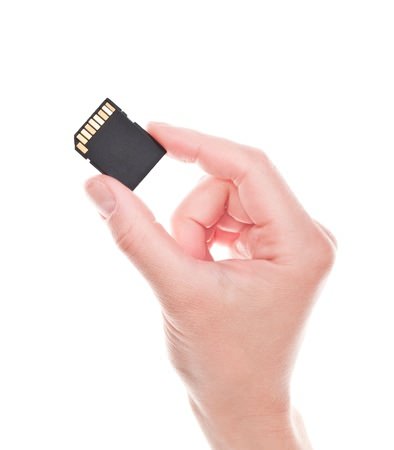 For anyone buying their first DSLR camera, the wealth of settings, features and options can be pretty overwhelming. They’re obviously all there for a reason, but which ones are actually useful to an amateur who is trying to get off Automatic mode?
For anyone buying their first DSLR camera, the wealth of settings, features and options can be pretty overwhelming. They’re obviously all there for a reason, but which ones are actually useful to an amateur who is trying to get off Automatic mode?
This list isn’t exhaustive, and it doesn’t mean to explain fully the capabilities of each entry. What it should do is point you in the right direction for further research into some very useful functions your camera probably has.
Ready?
Picture Style/ Picture Control – while a lot of cameras now include so-called ‘art filters’ like Grainy Film or Toy Camera that add obvious effects to your images, the more subtle changes implemented by Landscape, Portrait, Vivid etc. in the Picture Style menu shouldn’t be overlooked. Landscape mode accentuates blues and greens to help the scenery pop in your shots, while Portrait softens the image for pleasant skin tones. To see the difference yourself, take a portrait shot on Portrait mode, then take the same shot on Standard and compare them side by side.
Spot Autofocus – unless you change the Autofocus Area setting, your camera will probably be guessing for you, from the multitude of focus points available, what what is supposed to be the main focus of your photograph. By using a spot focus setting, either center or flexible spot, you can take back this control and be sure that you are focusing on exactly the area of the shot you want to.
(Success Tip:The easiest way to learn photography when you have little time to spare)
One-Shot/AF-S vs AI-Servo/AF-C – speaking of focus modes, by changing the Autofocus mode to AI-Servo (Canon) or AF-C (Nikon) you can tell your camera to continuously track a moving target, locking focus on it until you shoot your picture. Liked by some photographers, disliked by others, I consider shooting multiple images of a moving object with AI-Servo to be like a machine gunner, while tracking it on One-Shot and shooting once when I am sure the time is right to be more like the actions of a sniper.
 Histogram – if you’re shooting in A/AV or S/TV semi-auto modes, your camera will be taking care of the exposure for you, to a degree. If however you’re shooting in fully manual mode, learning how to read the histogram is essential for you to know if your shots are well exposed or not. The histogram can be displayed when shooting or when checking your shots afterwards. Either way, it’s the best way to know if your photographs are under or over exposed, and for avoiding burnt out highlights or blocked up shadows.
Histogram – if you’re shooting in A/AV or S/TV semi-auto modes, your camera will be taking care of the exposure for you, to a degree. If however you’re shooting in fully manual mode, learning how to read the histogram is essential for you to know if your shots are well exposed or not. The histogram can be displayed when shooting or when checking your shots afterwards. Either way, it’s the best way to know if your photographs are under or over exposed, and for avoiding burnt out highlights or blocked up shadows.
Grid Lines – when using the LCD screen or Live View to compose your shots, turning on the grid lines will help you immensely in making sure they are level. Some cameras even let you display the grid in the electronic viewfinder. Don’t worry if the grid lines seem off-putting at first. You will soon get used to their presence, using them when you need to and seeing straight past them when you don’t.
Format Card – not really a setting, but a feature that does more than just deleting all your pictures. Formatting your memory card is more of a cleaning action that wipes everything, ridding it of any nasty little files that will remain if you merely delete everything. Formatting your card will help maintain its performance over time, and if you usually place your card in your computer to transfer files, formatting is recommended every time you put it back in your camera.

